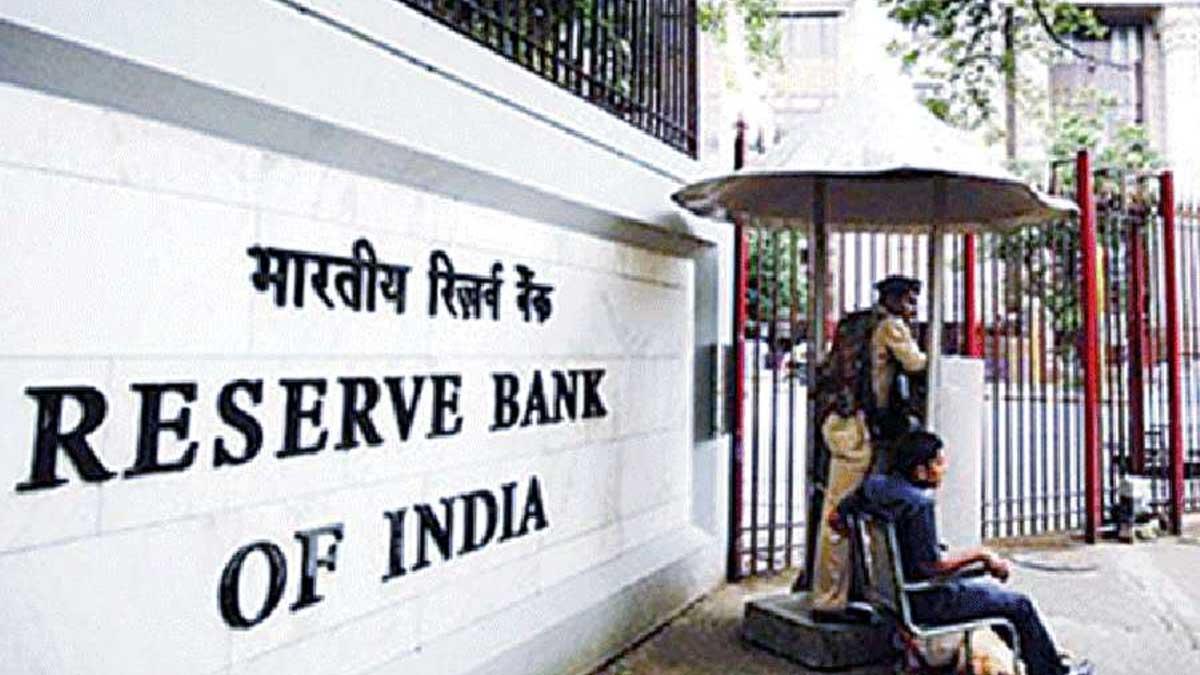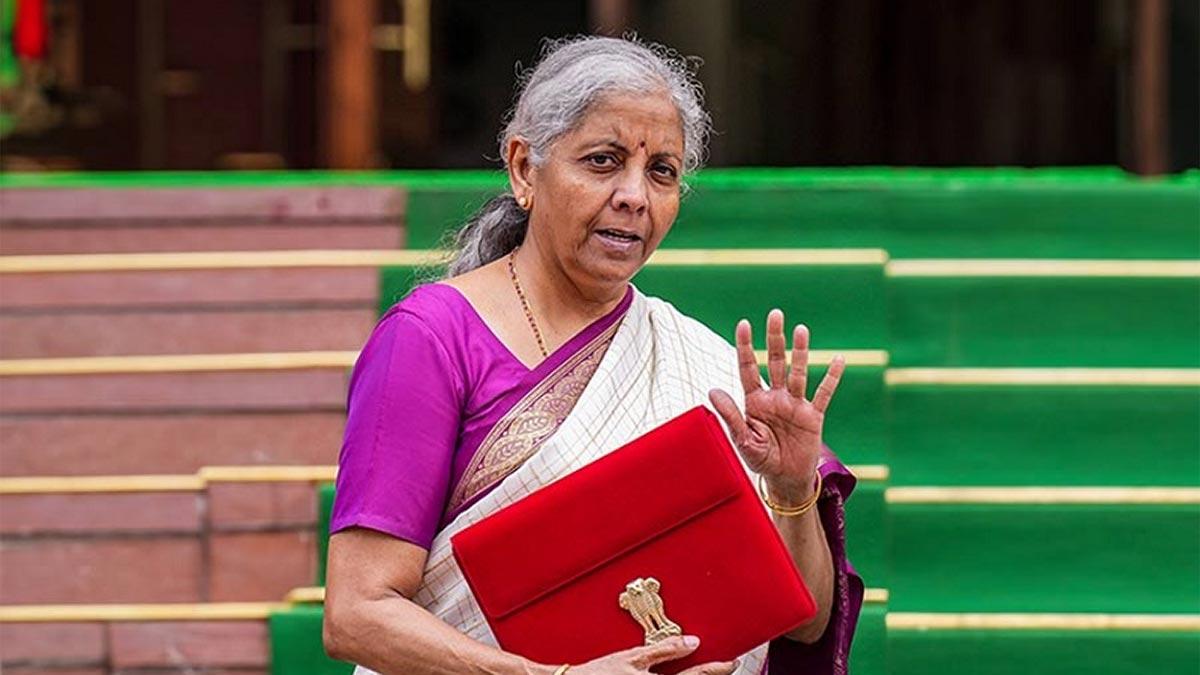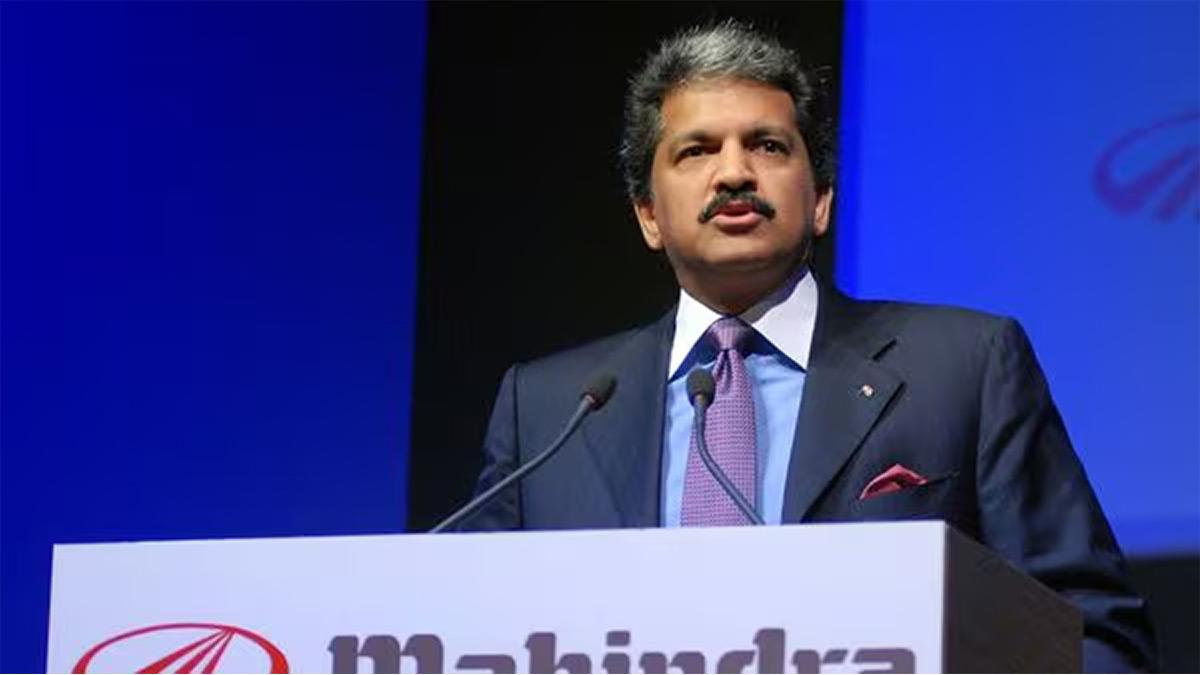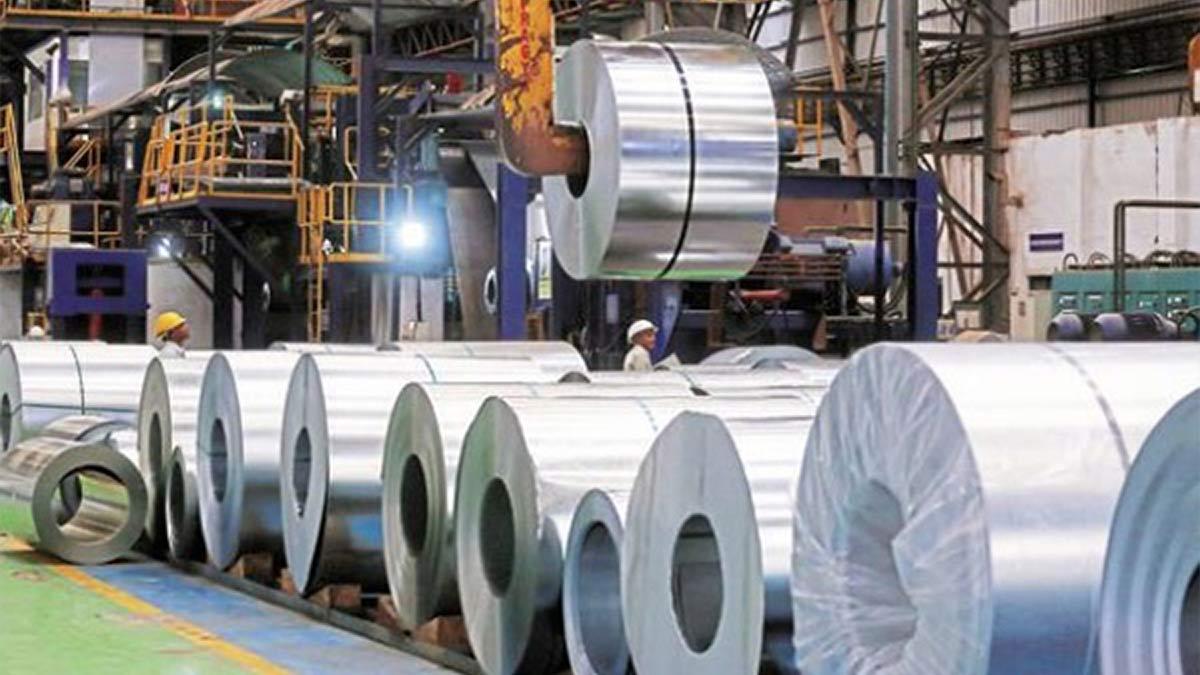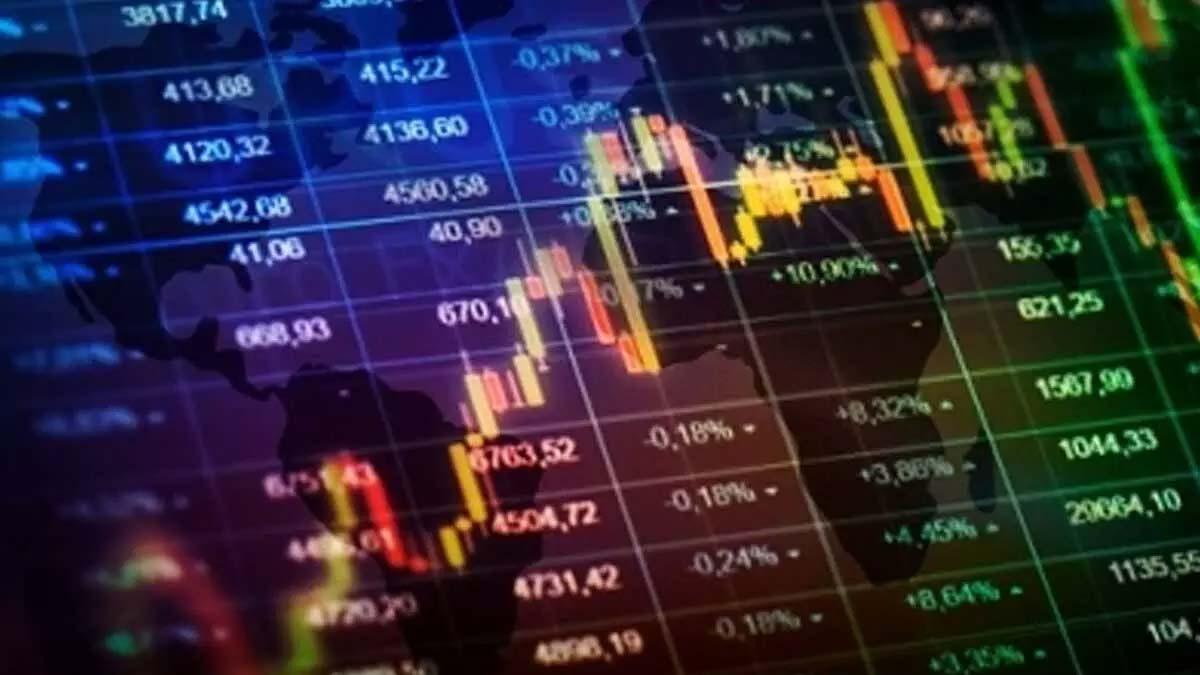India's recent economic performance has garnered attention, leading to optimistic projections from various financial institutions, including the IMF. The RBI's latest bulletin identifies six key factors poised to propel India into the position of the world's third-largest economy.
In terms of purchasing power parity (PPP), India already holds the third position globally. However, according to the OECD, by 2045, India is expected to surpass the US in PPP terms, becoming the second-largest economy worldwide.
The bulletin outlines the following "tailwinds" expected to drive India's economic ascent:
Demographics: India boasts the world's largest and youngest population, with a median age of approximately 28 years. Aging demographics won't become a significant factor until the mid-2050s, providing India with a demographic dividend window spanning over three decades. This advantage is supported by rising working-age population rates and labor force participation, contrasting sharply with aging populations worldwide.
Domestic-led Growth: Historically, India's growth has been fueled primarily by domestic resources, with foreign savings playing a supplementary role. The current account deficit (CAD) remains sustainable at around 2.5% of GDP, with indicators of external sector resilience, such as external debt and net international investment liabilities, being favorable.
Fiscal Consolidation: Post-Covid, India has adopted a gradualistic approach to fiscal consolidation, resulting in a general government deficit of 8.6% of GDP and public debt of 81.6% of GDP by March 2024. Strategic fiscal spending targeting productive sectors and digitalization could potentially reduce government debt to 73.4% of GDP by 2030-31, contrasting with projections of rising debt-GDP ratios for advanced economies and emerging countries.
Financial Sector Stability: India's financial sector is predominantly bank-based, with measures such as asset quality reviews (AQR) and massive recapitalization efforts post-2015 addressing asset impairments. As a result, non-performing asset ratios have decreased, and the Insolvency and Bankruptcy Code (IBC) has facilitated the resolution of stressed assets, contributing to macroeconomic and financial stability.
Technological Transformation: India is undergoing a transformative shift driven by technology, exemplified by initiatives like JAM (Jan Dhan-Aadhaar-Mobile), which expand formal finance access, boost tech startups, and facilitate direct benefit transfers. Innovations such as the Unified Payments Interface (UPI) are revolutionizing banking transactions, enabling seamless inter-bank and peer-to-peer transactions.
Inflation Moderation: Despite recent inflation spikes due to supply shocks from the pandemic, weather-induced food price fluctuations, and global commodity price pressures post-Russia-Ukraine conflict, inflation in India is showing signs of moderation.
India's economic trajectory is bolstered by favorable demographics, domestic-led growth, prudent fiscal policies, financial sector stability, technological advancements, and inflation management, positioning it for sustained growth and a prominent global economic role.
Read also | India's Q1 Sees Surge in VC Investments and Deals Amid Global Downturn: Report

